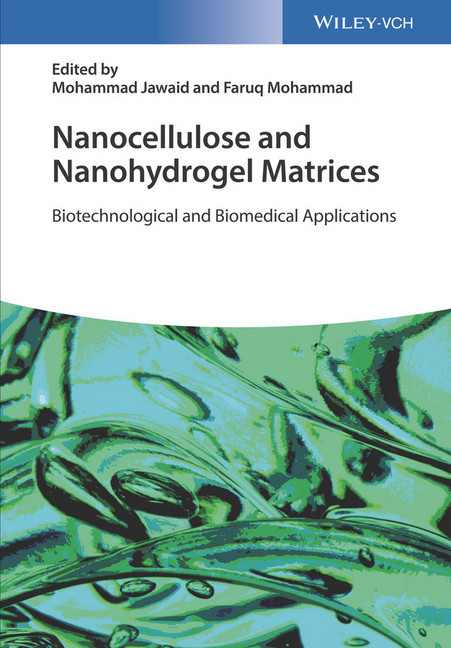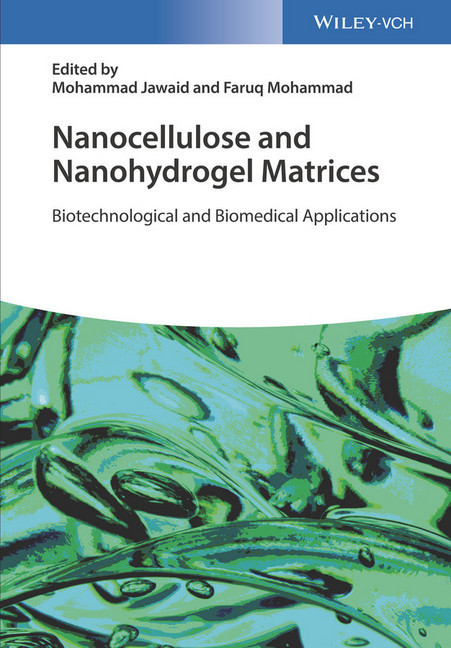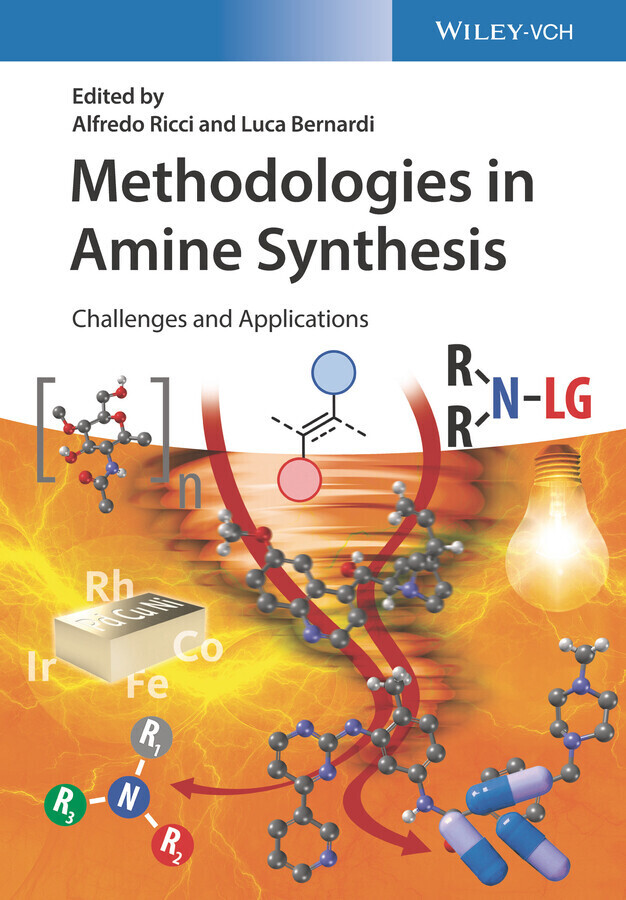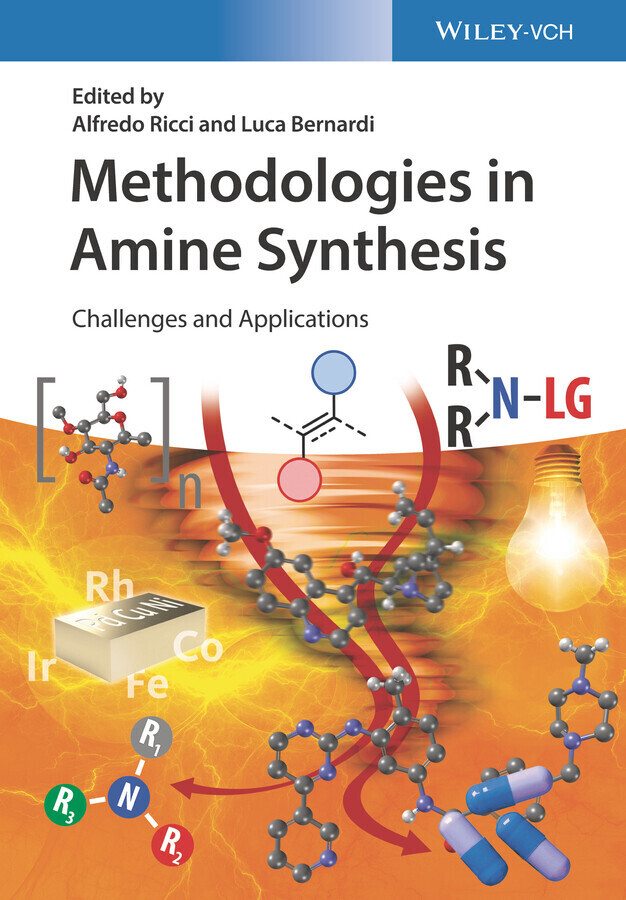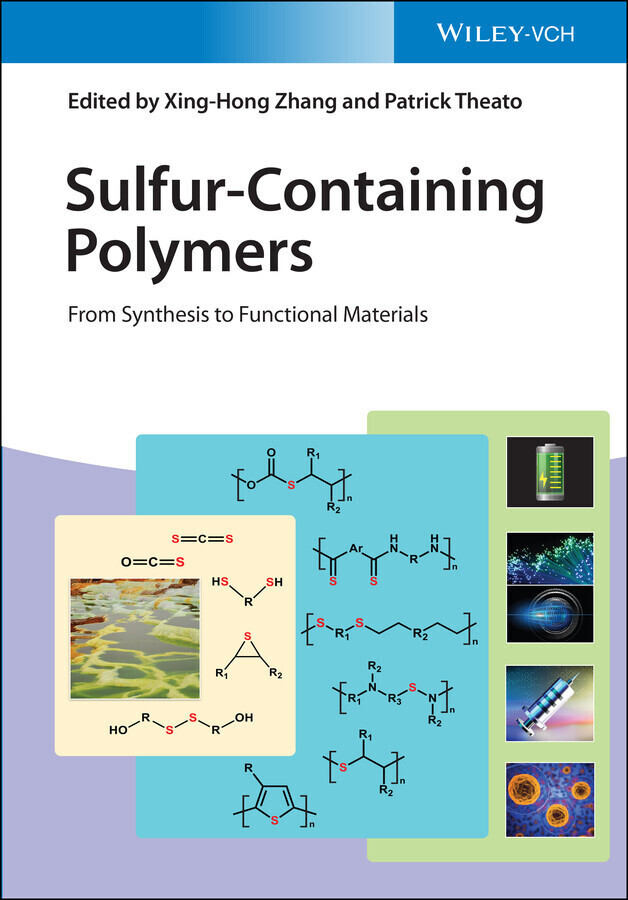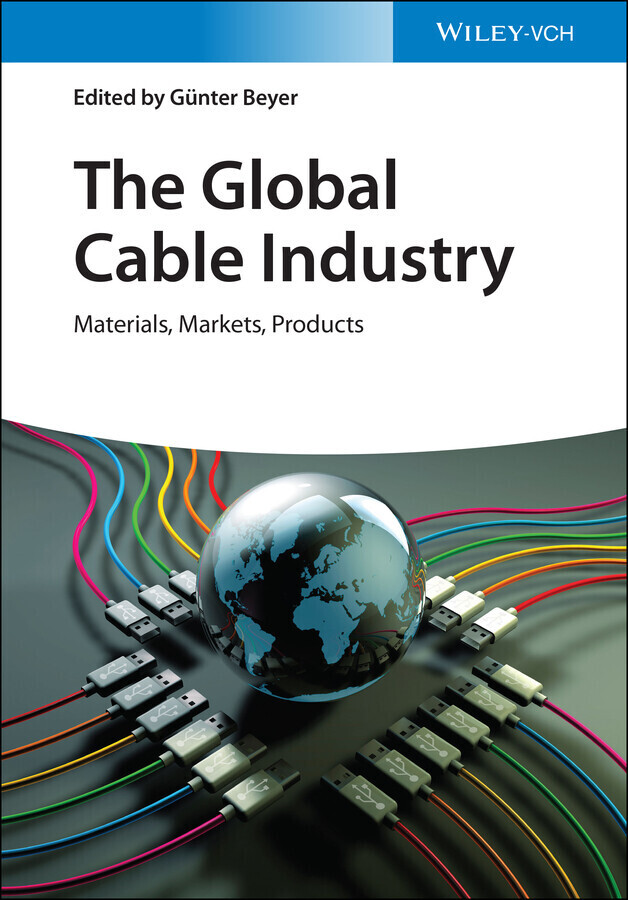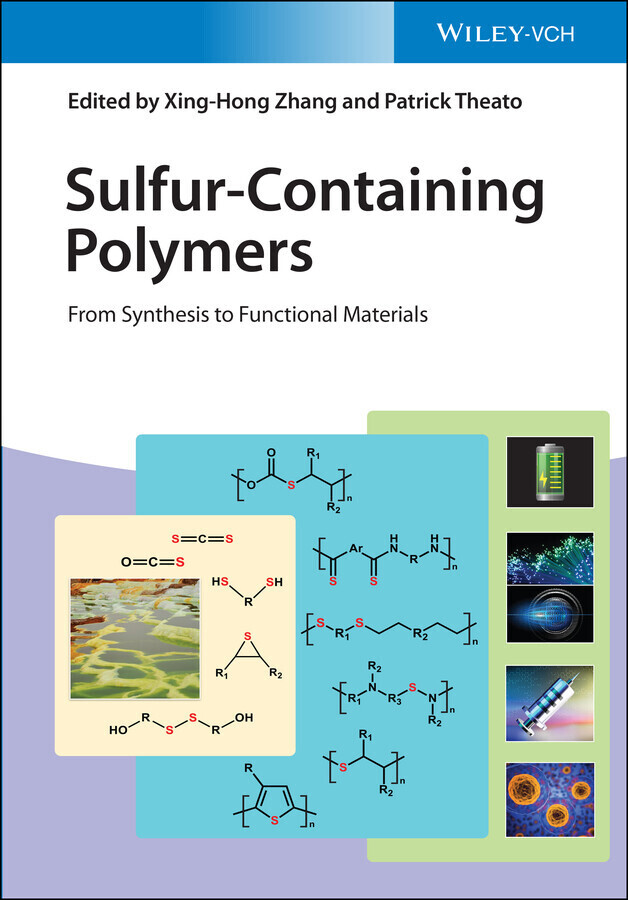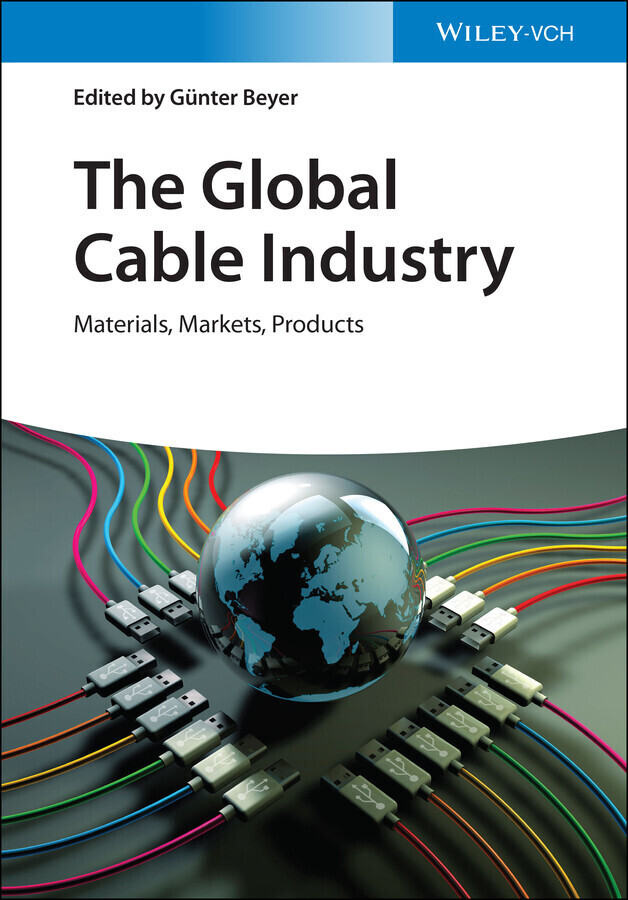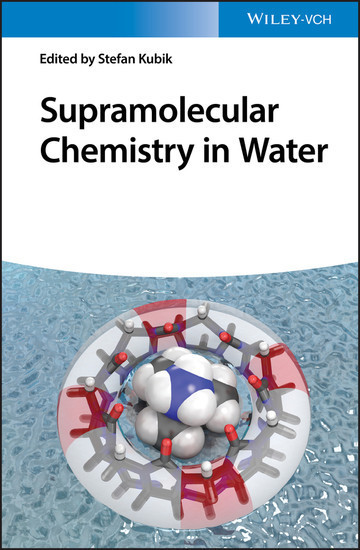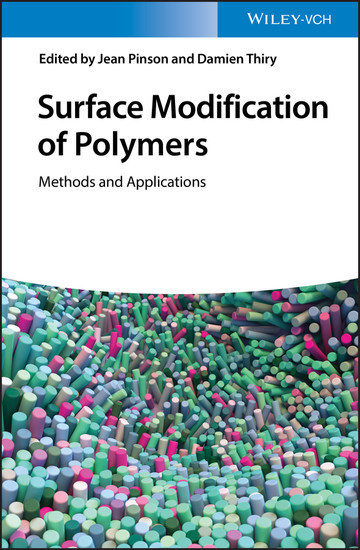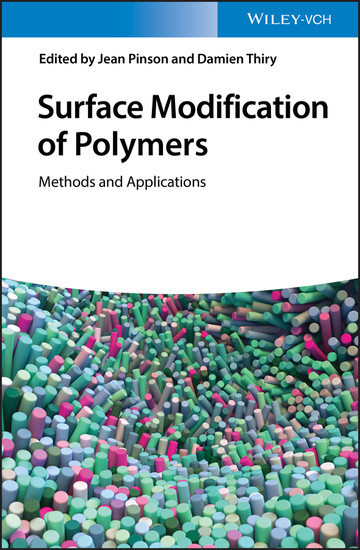Nanocellulose and Nanohydrogel Matrices
Biotechnological and Biomedical Applications
This first book on nanocellulose and nanohydrogels for biomedical applications is unique in discussing recent advancements in the field, resulting in a comprehensive, well-structured overview of nanocellulose and nanohydrogel materials based nanocomposites.
The book covers different types of nanocellulose materials and their recent developments in the drug delivery and nanomedicine sector, along with synthesis, characterization, as well as applications in the biotechnological and biomedical fields. The book also covers the current status and future perspectives of bacterial cellulose and polyester hydrogel matrices, their preparation, characterization, and tissue engineering applications of water soluble hydrogel matrices obtained from biodegradable sources. In addition, the chitosan-based hydrogel and nanogel matrices, their involvement in the current biofabrication technologies, and influencing factors towards the biomedical sector of biosensors, biopharmaceuticals, tissue engineering appliances, implant materials, diagnostic probes and surgical aids are very well documented. Further, the history of cellulose-based and conducting polymer-based nanohydrogels, their classification, synthesis methods and applicability to different sectors, the challenges associated with their use, recent advances on the inhibitors of apoptosis proteins are also included. The recent developments and applications in the drug delivery sector gives an overview of facts about the nanofibrillated cellulose and copoly(amino acid) hydrogel matrices in the biotechnology and biomedicine field. This book serves as an essential reference for researchers and academics in chemistry, pharmacy, microbiology, materials science and biomedical engineering.
Mohammad Jawaid is Fellow Researcher (Associate Professor), at Biocomposite Technology Laboratory, Institute of Tropical Forestry and Forest Products, Universiti Putra Malaysia (UPM) (Malaysia) and Visiting Lecturer to Aerospace Manufacturing Research Centre, Faculty of Engineering, UPM. He also serves as Visiting Professor at Department of Chemical Engineering, College of Engineering, King Saud University (Saudi Arabia) and Visiting Scholar to TEMAG Labs, Department of Textile Engineering, Istanbul Technical University (Turkey). He received his Ph.D. from Universiti Sains Malaysia (Malaysia) and holds more than 10 years of experience from teaching and research in both academics and industry. His areas of research interests include hybrid reinforced and filled polymer composites, fire retardants, lignocellulosic fibres and solid wood, as well as nano composites and nanocellulose fibres.
Faruq Mohammad is currently working as an assistant professor at the Surfactant Research Chair, Department of Chemistry, College of Science, King Saud University in Kingdom of Saudi Arabia since March 2016. His Post-Doctoral Research experiences are from Institute of Advanced Technology, Universiti Putra Malaysia (Malaysia), School of Pharmacy, North-West University (Republic of South Africa), and Health Research Center, Southern University and A&M College (USA). He obtained his Ph.D. from the department of Environmental Toxicology, Southern University and A&M College, USA, in May 2011. His present research interests include biosensors, polymeric nano drug delivery systems, nanomaterials toxicity, hyperthermia-based cancer therapy, as well as biomaterials for sustainability and catalysis.
The book covers different types of nanocellulose materials and their recent developments in the drug delivery and nanomedicine sector, along with synthesis, characterization, as well as applications in the biotechnological and biomedical fields. The book also covers the current status and future perspectives of bacterial cellulose and polyester hydrogel matrices, their preparation, characterization, and tissue engineering applications of water soluble hydrogel matrices obtained from biodegradable sources. In addition, the chitosan-based hydrogel and nanogel matrices, their involvement in the current biofabrication technologies, and influencing factors towards the biomedical sector of biosensors, biopharmaceuticals, tissue engineering appliances, implant materials, diagnostic probes and surgical aids are very well documented. Further, the history of cellulose-based and conducting polymer-based nanohydrogels, their classification, synthesis methods and applicability to different sectors, the challenges associated with their use, recent advances on the inhibitors of apoptosis proteins are also included. The recent developments and applications in the drug delivery sector gives an overview of facts about the nanofibrillated cellulose and copoly(amino acid) hydrogel matrices in the biotechnology and biomedicine field. This book serves as an essential reference for researchers and academics in chemistry, pharmacy, microbiology, materials science and biomedical engineering.
Mohammad Jawaid is Fellow Researcher (Associate Professor), at Biocomposite Technology Laboratory, Institute of Tropical Forestry and Forest Products, Universiti Putra Malaysia (UPM) (Malaysia) and Visiting Lecturer to Aerospace Manufacturing Research Centre, Faculty of Engineering, UPM. He also serves as Visiting Professor at Department of Chemical Engineering, College of Engineering, King Saud University (Saudi Arabia) and Visiting Scholar to TEMAG Labs, Department of Textile Engineering, Istanbul Technical University (Turkey). He received his Ph.D. from Universiti Sains Malaysia (Malaysia) and holds more than 10 years of experience from teaching and research in both academics and industry. His areas of research interests include hybrid reinforced and filled polymer composites, fire retardants, lignocellulosic fibres and solid wood, as well as nano composites and nanocellulose fibres.
Faruq Mohammad is currently working as an assistant professor at the Surfactant Research Chair, Department of Chemistry, College of Science, King Saud University in Kingdom of Saudi Arabia since March 2016. His Post-Doctoral Research experiences are from Institute of Advanced Technology, Universiti Putra Malaysia (Malaysia), School of Pharmacy, North-West University (Republic of South Africa), and Health Research Center, Southern University and A&M College (USA). He obtained his Ph.D. from the department of Environmental Toxicology, Southern University and A&M College, USA, in May 2011. His present research interests include biosensors, polymeric nano drug delivery systems, nanomaterials toxicity, hyperthermia-based cancer therapy, as well as biomaterials for sustainability and catalysis.
1;Cover;1 2;Title Page;5 3;Copyright;6 4;Dedictation;7 5;Contents;9 6;List of Contributors;19 7;Chapter 1 Application of Nanocellulose for Controlled Drug Delivery;23 7.1;1.1 Introduction;23 7.2;1.2 Biodegradability, Cytotoxicity, and Cellular Internalization of Nanocellulose;25 7.3;1.3 Nanocellulose in Nanoparticulate Drug Delivery;27 7.4;1.4 Nanocellulose in Microparticulate Drug Delivery;30 7.5;1.5 Nanocellulose in Tablet Formulations;32 7.6;1.6 Aerogel Systems;32 7.7;1.7 Hydrogels;33 7.8;1.8 Nanocellulose in Transdermal Drug Delivery;35 7.9;1.9 Conclusion;36 7.10;References;36 8;Chapter 2 Bacterial Cellulose and Polyester Hydrogel Matrices in Biotechnology and Biomedicine: Current Status and Future Prospects;43 8.1;2.1 Introduction;43 8.2;2.2 Chemical Structure of Cellulose;43 8.3;2.3 Types of Cellulose;43 8.4;2.4 Bacterial Cellulose;44 8.5;2.5 Chemical Structure of BC;44 8.6;2.6 History of BC;45 8.7;2.7 Biosynthesis of Bacterial Cellulose;45 8.8;2.8 Properties;45 8.8.1;2.8.1 Biocompatibility;47 8.8.1.1;2.8.1.1 In Vitro Biocompatibility;47 8.8.1.2;2.8.1.2 In Vivo Biocompatibility;48 8.8.2;2.8.2 Hemocompatibility;48 8.8.3;2.8.3 Mechanical Properties;49 8.8.4;2.8.4 Microporosity;49 8.8.5;2.8.5 Biodegradability;50 8.9;2.9 Present Status of BC;50 8.10;2.10 Applications;51 8.10.1;2.10.1 Drug Delivery;51 8.10.2;2.10.2 Antibacterial/Antimicrobial Studies;51 8.10.3;2.10.3 Biomedicine;52 8.10.4;2.10.4 Wound Dressing;52 8.10.5;2.10.5 Cardiovascular Implant;52 8.10.6;2.10.6 Cartilage Meniscus Implant;53 8.10.7;2.10.7 Bone Tissue Implant;53 8.10.8;2.10.8 Other Biomedical Applications;53 8.10.9;2.10.9 Artificial Cornea;54 8.10.10;2.10.10 Biotechnology;54 8.11;2.11 Future Prospects;55 8.12;2.12 Polyester Hydrogels;55 8.13;2.13 Chemical Structure of Hydrogels;55 8.14;2.14 Types of Hydrogels;56 8.15;2.15 Properties of Hydrogels;56 8.15.1;2.15.1 Swelling Properties;56 8.15.2;2.15.2 Biodegradability;57 8.15.3;2.15.3 Biocompatibility;58 8.16;2.16 Historical Background of Polyester Hydrogels;58 8.17;2.17 Recent Developments of Polyester Hydrogels;59 8.18;2.18 Applications of Polyester Hydrogels;60 8.18.1;2.18.1 Drug Delivery;60 8.18.2;2.18.2 Antibacterial/Antimicrobial Studies;60 8.18.3;2.18.3 Biomedicine;60 8.18.4;2.18.4 Biotechnology;61 8.18.5;2.18.5 Tissue Engineering;61 8.19;2.19 Future Prospects;61 8.20;References;62 9;Chapter 3 Bacterial Nanocellulose Applications for Tissue Engineering;69 9.1;3.1 Introduction;69 9.2;3.2 Cellulose;69 9.3;3.3 Nanocellulose and Its Types;72 9.3.1;3.3.1 Cellulose Nanocrystals (CNCs);72 9.3.2;3.3.2 Cellulose Nanofibrils (CNFs);74 9.3.3;3.3.3 Bacterial Cellulose (BC);74 9.4;3.4 Isolation and Preparation of Bacterial Cellulose;75 9.5;3.5 BC Properties for Tissue Engineering Applications;76 9.5.1;3.5.1 Mechanical Properties of BC;76 9.5.2;3.5.2 Surface Biochemistry Properties;77 9.5.3;3.5.3 Biological Properties;78 9.5.3.1;3.5.3.1 Biocompatibility;78 9.5.3.2;3.5.3.2 Biodegradability In Vivo;79 9.6;3.6 Tissue Engineering Applications;80 9.7;3.7 Conclusion and Future Research;83 9.8;References;84 10;Chapter 4 Cellulose-Based Nanohydrogels for Tissue Engineering Applications;89 10.1;4.1 Introduction;89 10.2;4.2 Preparation of Hydrogels/Cellulosic Hydrogels;91 10.3;4.3 Characterization of Hydrogels/Cellulosic Hydrogels;93 10.3.1;4.3.1 Fourier Transform Infrared Spectroscopy of Hydrogels/Cellulosic Hydrogels;93 10.3.2;4.3.2 Scanning Electron Microscopy of Hydrogels/Cellulosic Hydrogels;94 10.3.3;4.3.3 Nuclear Magnetic Resonance of Hydrogels;95 10.3.4;4.3.4 X?ray Diffraction (XRD) of Hydrogels;97 10.3.5;4.3.5 Transmission Electron Microscopy (TEM) of Hydrogels;98 10.4;4.4 Properties of Hydrogels;98 10.4.1;4.4.1 Swelling Properties of Hydrogels;98 10.4.2;4.4.2 Thermal Properties of Hydrogels;100 10.4.3;4.4.3 Rheological Properties of Hydrogels;101 10.4.4;4.4.4 Mechanical Properties of Hydrogels;102 10.5;4.5 Cellulose-Based Nanohydrogels for Tissue Engineering Applications;103 10.6;4.6 Concluding Remarks;106 10.7;Ackn
Jawaid, Mohammad
Mohammad, Faruq
| ISBN | 9783527803828 |
|---|---|
| Artikelnummer | 9783527803828 |
| Medientyp | E-Book - PDF |
| Copyrightjahr | 2017 |
| Verlag | Wiley-VCH |
| Umfang | 384 Seiten |
| Sprache | Englisch |
| Kopierschutz | Adobe DRM |

